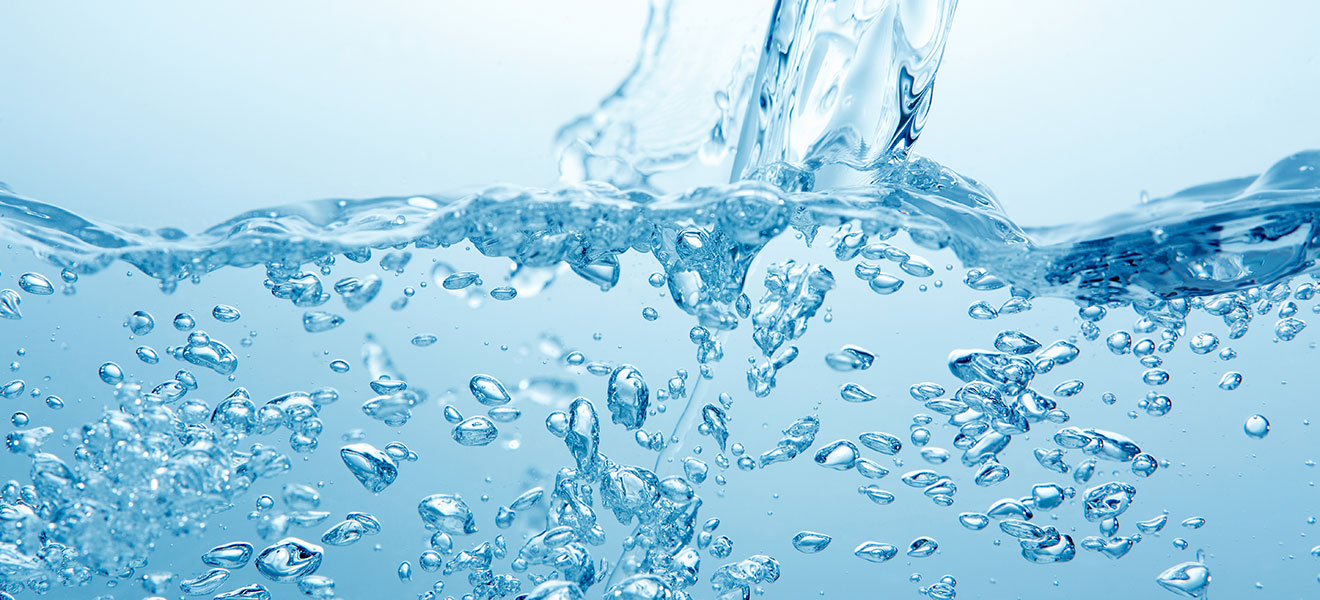Biofilms in drinking water systems – challenges and measures
Biofilms in drinking water systems are crucial for the growth of pathogens such as Legionella and therefore require targeted control and protection measures.
1. Risk analysis for Legionella contamination
If contamination of the drinking water network with Legionella is detected, a risk analysis is carried out. The aim is to determine suitable measures to combat Legionella. These may include structural changes to the installation, adjustments to the operation of the drinking water system or the use of disinfectants such as chlorine dioxide.
2. Biofilm formation in drinking water installations
Biofilms colonise all water-wetted surfaces in drinking water systems. All installation materials are affected. In particular, new plastics, composite pipes and sealing materials made of polymers promote the proliferation of microorganisms due to their nutrient composition.
3. Influence of materials and environmental conditions
The composition of biofilms varies depending on influencing factors such as water quality and the materials used. Thermal and oxidative disinfection measures lead to ageing of the materials, which usually reduces the nutrient potential.
4. Nutrient management for biofilm reduction
Nutrient-rich water is converted into a nutrient-poor state by water treatment at suppliers in order to reduce the potential for biofilm formation. Nitrates and phosphates in particular are considered to be nutrients that promote biofilm formation.
5. Biofilms as a protective space for pathogens
Biofilms protect Legionella and Pseudomonas bacteria and can also release them, making them a potential source of infection. Under stressful conditions (e.g. due to disinfectants or high temperatures), these germs can enter a ‘state of shock’ in which they cannot be detected using conventional detection methods, but can become active again later.
6. Interactions in biofilms
Germs in biofilms can interact with other microorganisms and protozoa (such as amoebae and ciliates), which can alter their properties and survivability.
7. Measures to combat and reduce biofilms
The following measures are recommended to reduce biofilms and germ contamination:
-
Determination of microbiological contamination through water analyses
-
Decommissioning unused branch pipes
-
Basic disinfection of the drinking water system, e.g. with chlorine dioxide
-
Flushing of pipes to remove deposits
-
Use of a water meter-controlled dosing system for a continuous and controlled supply of disinfectant in the cold water system
-
Expansion of monitoring through measurement, control and documentation of measured values
 DE
DE  EN
EN 
